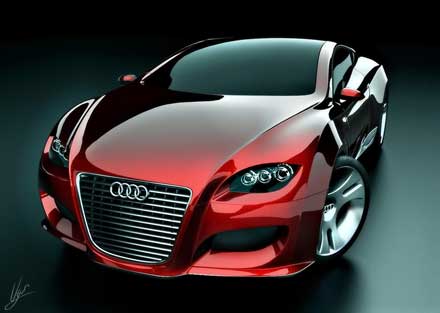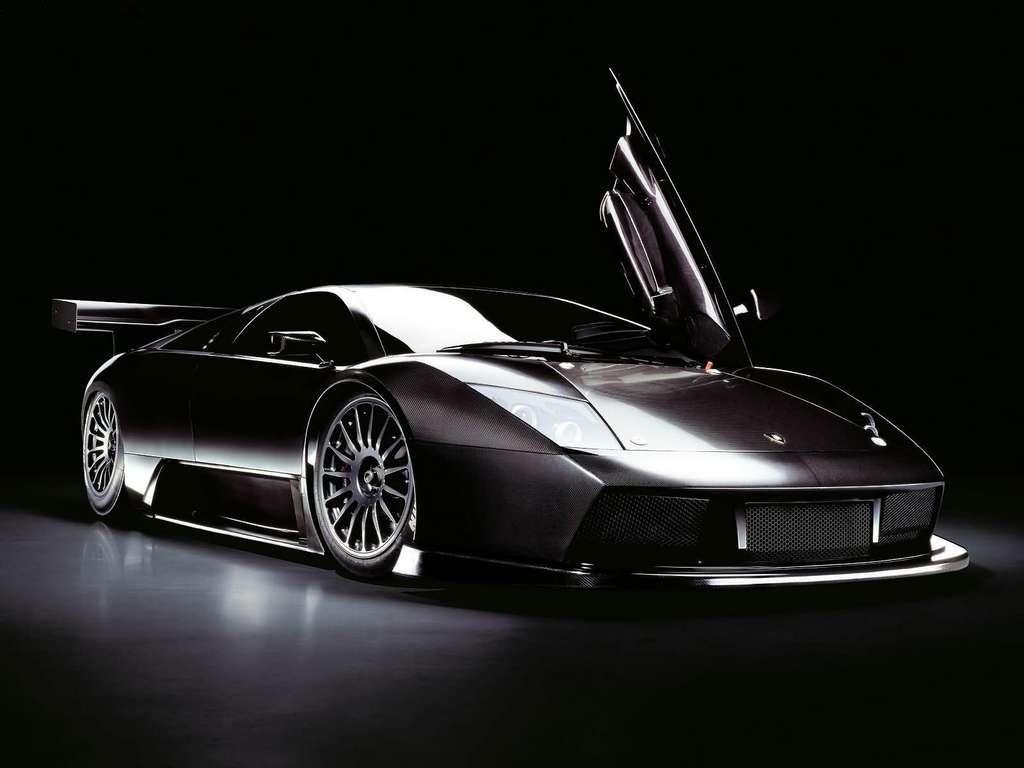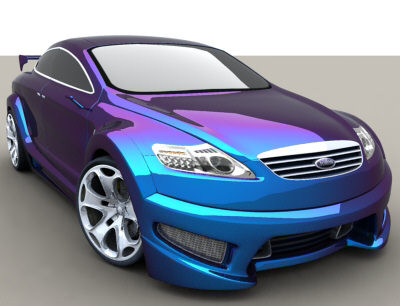Changes at the back are similarly subtle and include new tail lamp lens design and a remodeled bumper. Finally, the exterior mirror housings, door handles and skirt panels are now painted to match the body colour on all model variants. Inside, the 2009 B-Class gets new upholstery fabric, plus a new fabric pattern for the seat cushions along with diagonally brushed aluminium trim in a smoke grey finish.
The B-Class continues to be available with a choice of six engines – two direct-injection diesel units (109 hp and 140 hp) as well as four petrol engines with a peak power output of up to 193 hp. Thanks to a series of detailed improvements, the four-cylinder engines now burn up to seven percent less fuel than previously. -Continued (Pic edited by Carscoop)
For the diesel models, this means that the combined NEDC fuel consumption of the B 180 CDI and B 200 CDI has dropped – depending on tyre size – to 5.2 - 5.4 and 5.4 - 5.6 litres per 100 km, respectively. Depending on the model and engine output, the four petrol variants of the B‑Class return fuel consumption figures of between 6.6 and 8.1 litres per 100 km.
From autumn 2008, Mercedes-Benz will also offer the B 150 and B 170 BlueEFFICIENCY models featuring the ECO start/stop function (optional). According to the German carmaker, fuel savings of up to nine percent can be achieved with the ECO start/stop function, particularly when driving in city traffic with frequent stops at traffic lights or in tailbacks.









